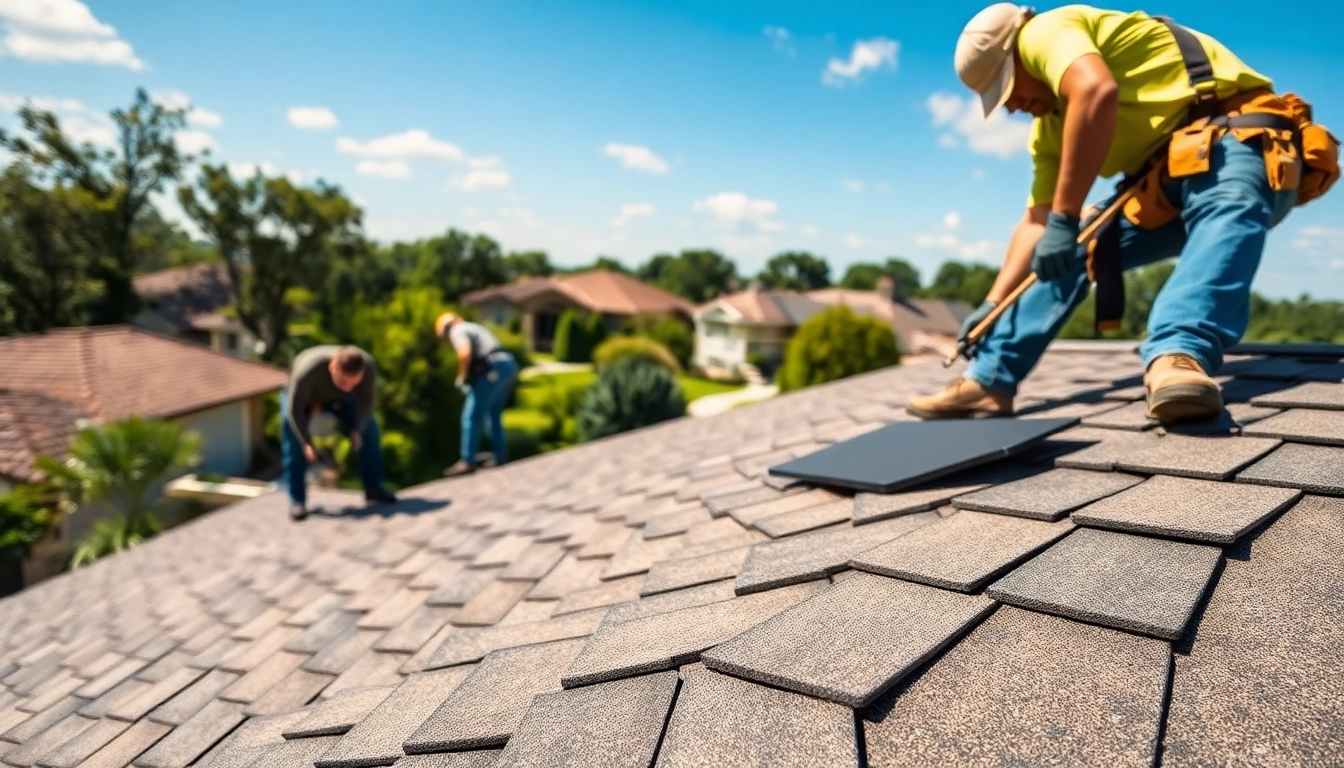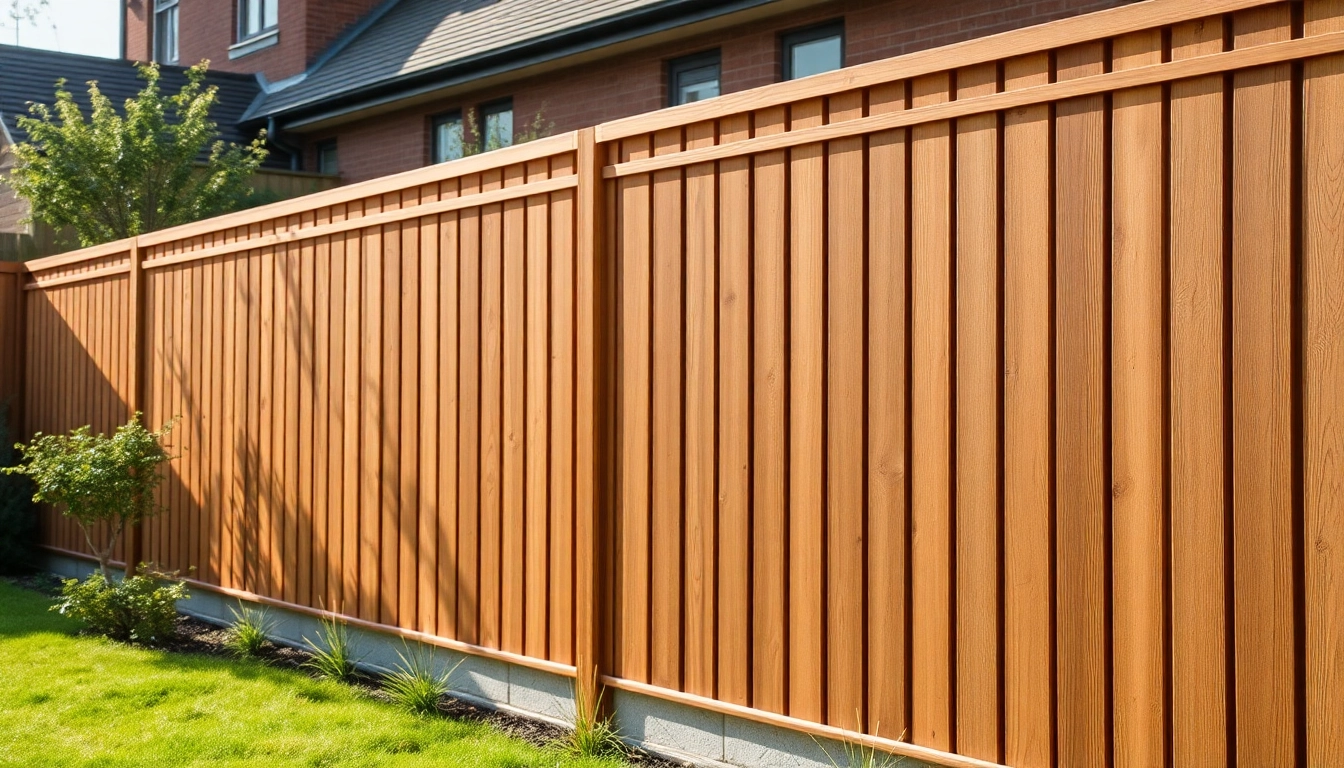Understanding Electrical Panels
Every home relies on a robust system to manage its energy supply, and at the core of this infrastructure is the electrical panel. Understanding what an electrical panel is, how it functions, and when to upgrade it is essential for every homeowner. In this article, we will explore the fundamentals of electrical panels, signs indicating it’s time for an upgrade, the benefits of doing so, selecting the right panel for your needs, and the upgrade process itself.
What is an Electrical Panel?
An electrical panel, commonly referred to as a breaker box or service panel, is a critical component in your home’s electrical system. It serves as the main hub that distributes electrical power from the utility provider to various circuits throughout the house. The panel houses several circuit breakers, which protect the electrical infrastructure by interrupting the flow of electricity when an overload or short circuit occurs. This mechanism safeguards your home from potential electrical fires and damage to electrical devices.
Components of an Electrical Panel
The electrical panel consists of several key components:
- Main Breaker: This controls the power flow from the utility company to your home. It can shut off all power to the house.
- Circuit Breakers: These smaller switches protect individual circuits by automatically disconnecting power when an overload occurs.
- Bus Bars: Metal bars that distribute power from the main breaker to the circuit breakers.
- Grounding System: A crucial safety feature that prevents electrical shocks by directing excess electricity to the ground.
- Neutral Bus: This connects to the neutral wires for returning current to the power source.
Types of Electrical Panels Available
Electrical panels come in various types to meet different needs and codes. Some common types include:
- Load Centers: The most common type used in residential applications; they house circuit breakers.
- Subpanels: Used to distribute power to specific areas of a home, especially in larger houses or when adding new circuits.
- Smart Panels: Equipped with technology that allows monitoring and better energy management through apps and smart devices.
- Fused Panels: Older type of panels that use fuses instead of circuit breakers; largely outdated but still found in older homes.
Signs You Need to Upgrade Your Electrical Panel
Recognizing the signs that your electrical panel needs an upgrade is vital for maintaining a safe home electrical system. Below are some key indicators:
Increased Energy Demands
As homes evolve with the addition of new appliances, electronics, and even electric vehicles, the demand for electrical power increases significantly. If your household’s electrical consumption outpaces your panel’s capabilities, it may lead to frequent power trips or, worse, an electrical fire. Upgrading your panel to one that accommodates higher amperage, typically between 100 to 200 amps, may be necessary.
Frequent Circuit Breaker Trips
If you notice that circuit breakers are frequently tripping, this is a significant red flag. Breaker trips occur to prevent overheating and potential fire hazards. If this happens often, your panel may not be equipped to handle your current electrical load, warranting a professional evaluation and potentially an upgrade.
Old or Outdated Equipment
Older electrical panels, especially those installed before the 1980s, may not meet current safety codes or energy demands. Brands like Federal Pacific and Zinsco are notorious for having safety issues and may require replacement. If you have such a system, upgrading to a modern panel is not only beneficial for your safety but also for compliance with local codes.
Benefits of Upgrading Your Electrical Panel
Upgrading your electrical panel has significant advantages that extend beyond mere compliance. Here are some of the critical benefits:
Improved Safety and Reliability
A modern electrical panel comes equipped with safety features that help mitigate risks associated with electrical components. Enhanced circuit breakers, better grounding, and advanced protection mechanisms can dramatically reduce the risk of sparks, overheating, and electrocution.
Enhanced Energy Efficiency
Energy efficiency is more important than ever in today’s eco-conscious climate. Newer panels are designed to provide more consistent power supply and may include features such as peak load management and energy monitoring, which can help reduce electricity consumption and lower utility bills.
Increased Home Value
As potential buyers increasingly prioritize energy efficiency and modern electrical systems, having an upgraded electrical panel can boost your home’s market value. A new panel serves as a powerful selling point and can prevent issues that might arise during a home inspection.
Choosing the Right Electrical Panel for Your Home
Choosing the right electrical panel involves understanding the specific needs of your household and how they relate to the features offered by various panels. Here’s how to approach this task:
Assessing Your Household Needs
Begin by evaluating the total electrical load your home requires. This includes all lighting, appliances, and electronics. Typically, a standard modern home should aim for at least a 200-amp service to accommodate multiple devices and future expansions comfortably.
Selecting the Appropriate Amperage
The amperage rating of your panel is essential in relation to your household demand. For small apartments, a 100-amp panel may suffice, but larger homes, particularly those with electric heating or multiple high-draw appliances, will likely require a 200-amp setup. Consulting an electrician for a load calculation is a wise step in this process.
Brand Recommendations for Quality Panels
Some reputable brands recognized for producing reliable and high-quality electrical panels include:
- Square D: Known for its durability and industry standards, especially in residential applications.
- Eaton: Offers a wide range of innovative electrical safety solutions.
- Siemens: Renowned for its engineering and cutting-edge technology in electrical components.
- GE: Provides reliable performance at a competitive price point.
The Upgrade Process: What to Expect
Upgrading your electrical panel is a significant home improvement project that should be undertaken with the utmost care and attention to detail. Here’s what you can expect during this process:
Consultation with an Electrician
The very first step in upgrading your electrical panel is to consult with a licensed electrician. They will assess your current setup, understand your energy requirements, and recommend the best panel options that fit your needs. A thorough inspection of your home, including existing wiring, safety compliance, and potential hazards, will happen at this stage.
Permits and Regulations
Before any work can begin, it’s crucial to secure the necessary permits from local authorities. Most areas require electrical work to follow stringent National Electrical Code (NEC) guidelines to ensure safety and compliance. Your electrician will typically handle this on your behalf, but it’s vital to verify that all necessary paperwork is completed to avoid complications later.
Post-Upgrade Considerations and Maintenance
Once the new panel is installed, consider scheduling regular inspections and maintenance checks to ensure everything operates efficiently. Staying proactive with upkeep can prolong the life of your panel and electrical system. Your electrician can provide guidelines on electrical safety and what signs to watch for that may indicate further issues.



